Home > Climate News >

Restoration and solar team up
For over a year now, much of the SunCommon team has been working remotely, and all-staff gatherings have been suspended. But graced with good weather and increased access to vaccines amongst [their] staff, [they] paused operations for a day to give each other the opportunity to reconnect after a year apart, provide service to our community, and expand [their] mission impact by planting carbon-sequestering trees.
Check out the projects and organizations they worked with…
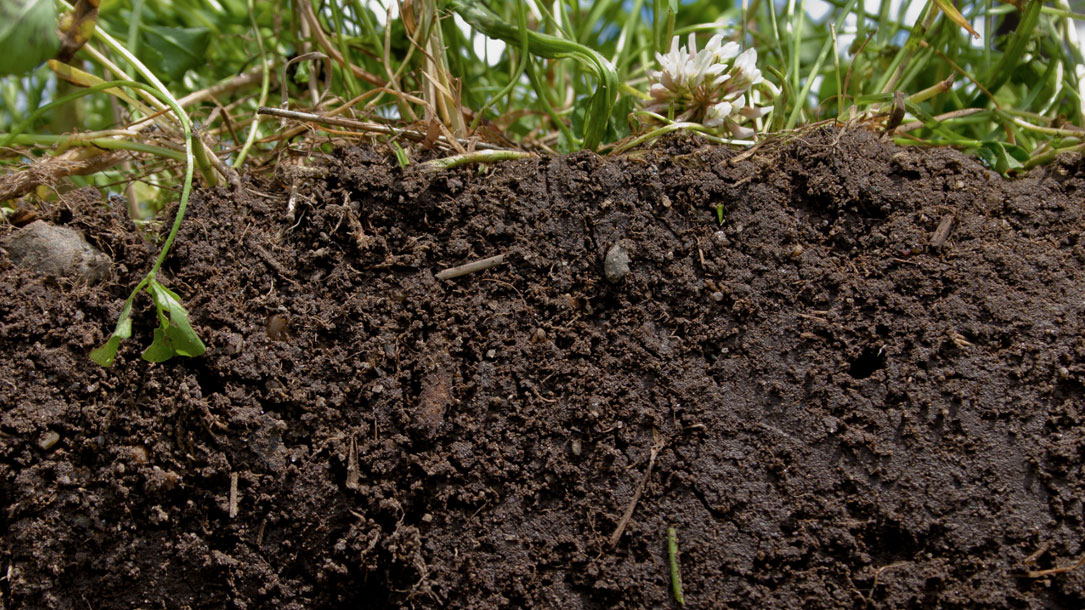
Quantifying economic and environmental benefits of soil health
Many farmers believe the scientific evidence that soil health practices improve soil and water quality. However, they are reluctant to change management techniques without knowing how much the soil health practices will cost or benefit them. So, AFT found “soil health successful farmers,” and conducted benefit-cost analyses.
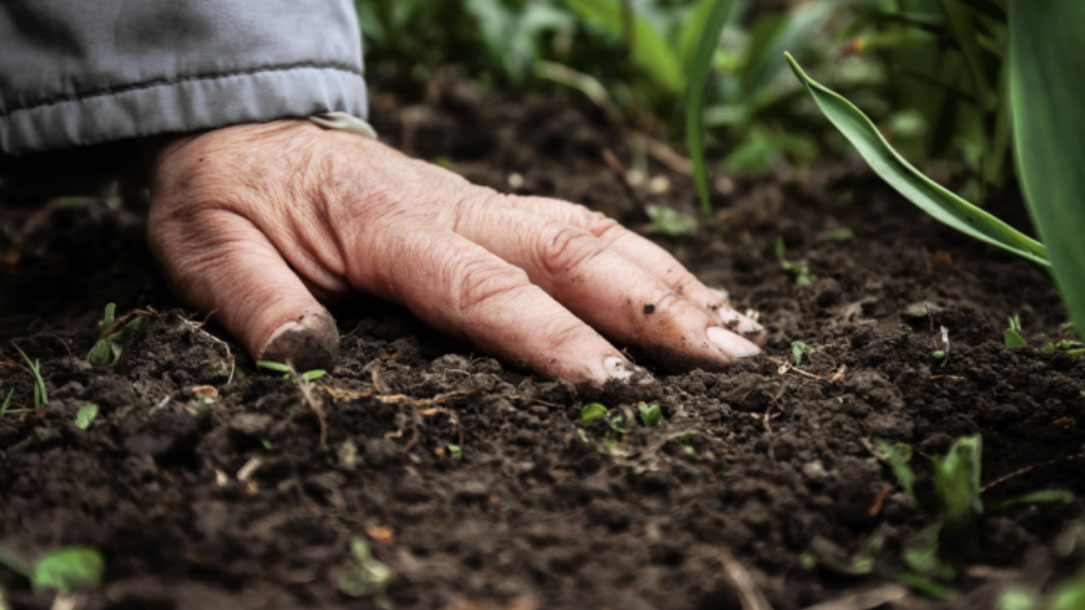
The math is in: Soil health practices produce real return on investment
Our nation’s farmers and ranchers care deeply about the land. They want to use practices that improve soil health and protect water quality, like no-till or strip till, cover crops, and nutrient management.
But, farming is a business like any other. If the numbers don’t add up, it’s hard to make improvements that are good for the environment.

Providing economic opportunity for family forest owners
The Nature Conservancy, The American Forest Foundation, and Amazon are working together to help family forest owners bring in income through sustainable forest management, which has been proven to play a significant role in sequestering more carbon.
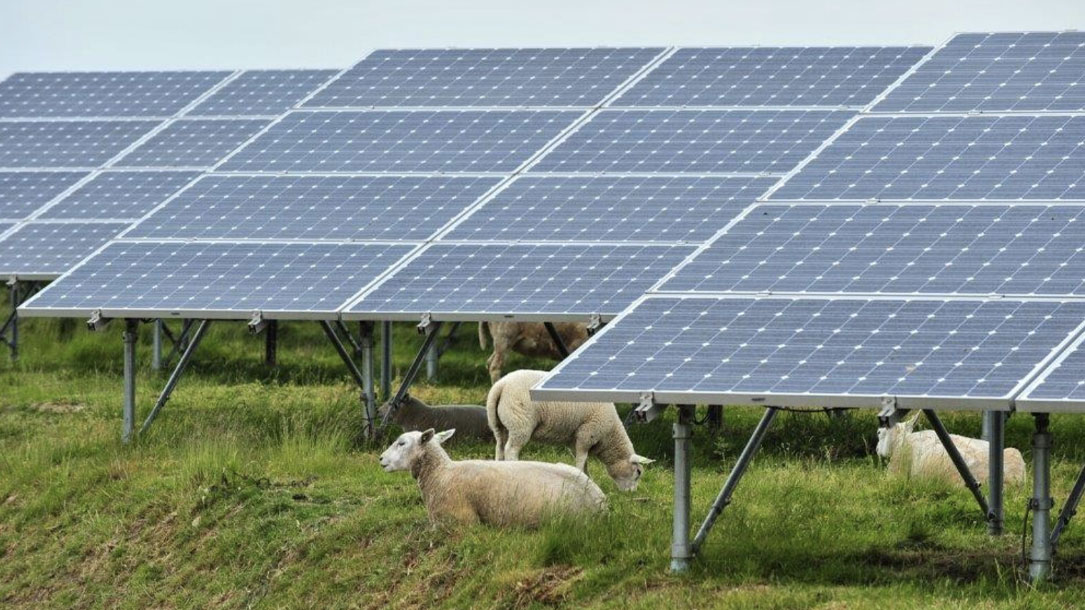
How solar energy can coincide with crop and animal agriculture
We’ve devoted millions of acres of land to growing crops and allowing farm animals to graze. Now, that land used for agriculture can have a dual purpose — to harness the sun’s rays and provide energy.

The future of solar relies on synergies between renewables development and the environment
As corporations and utilities continue to look to renewable energy to help them reach sustainability and renewable portfolio standard (RPS) commitments, solar development has flourished. According to the U.S. National Renewable Energy Laboratory, it’s predicted that utility-scale solar sites are on track to occupy nearly 2 million acres in the United States by 2030.

Perspectives: Natural climate solutions
We are at a critical point for the future of the planet.
We need to reach net zero greenhouse gas emissions by mid-century to keep global temperature increases under 2°C. While most efforts toward this goal have been focused on reducing fossil fuel use, new science shows that natural climate solutions—based on the conservation, restoration and management of forests, grasslands and wetlands—can deliver up to a third of the emission reductions needed by 2030…
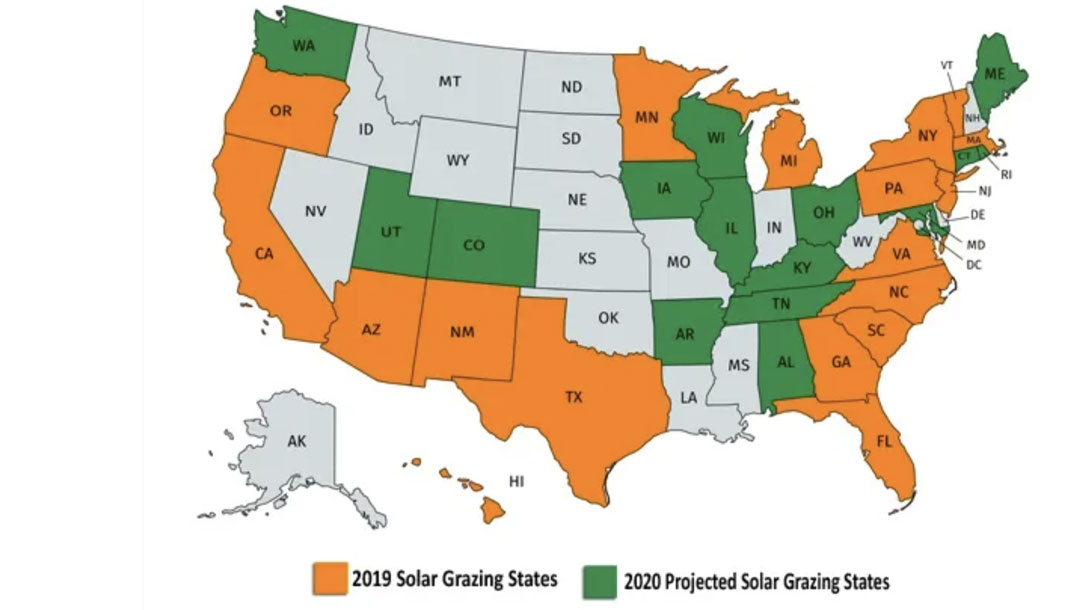
Solar grazing: A new income stream for livestock producers
Utility-scale solar arrays may cover 3 million acres across the U.S. by 2030, according to the National Renewable Energy Lab (NREL). This is causing tension with farmers and farmland advocates, as the panels are often sited on good agricultural land, displacing current production.
One solution is to restrict solar developments from being installed on farmland. But there are other solutions worth pursuing, too. Most large-scale solar arrays are located in rural areas where economies are hurting and farmer numbers are dwindling…
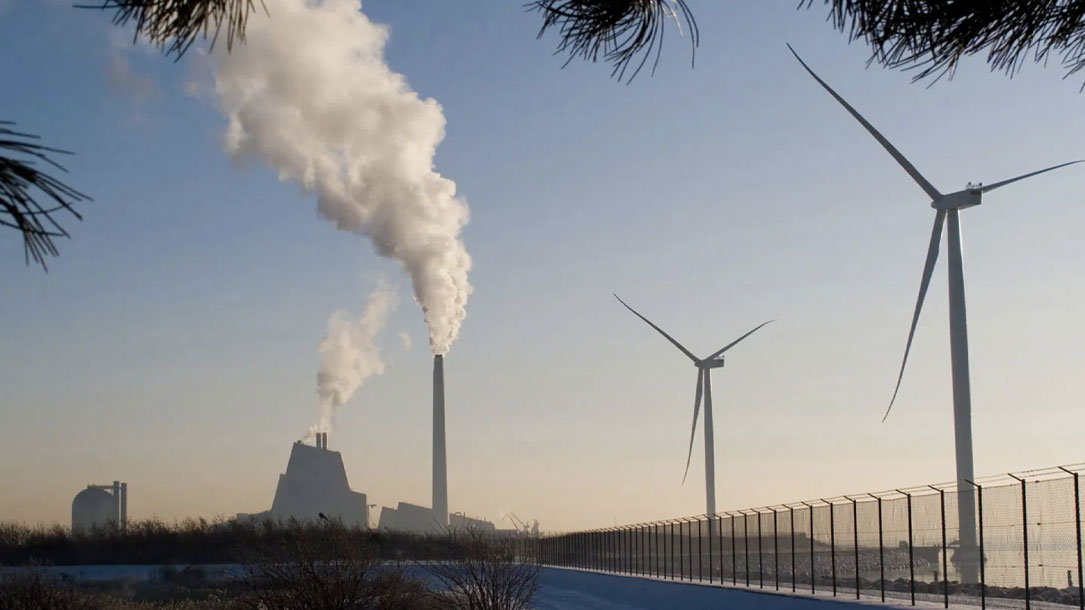
Greens: Divided on ‘clean’ energy? Or closer than they appear?
Solar, wind, and geothermal sources currently account for just 11% of U.S. electricity, with another 7% from hydroelectric dams, 20% from nuclear, 19% from coal, and 40% from gas. A host of energy modeling studies have concluded that renewable energy could be scaled up to supply 80-90% of U.S. electricity demand, but meeting the final 10-20% is exceedingly challenging.
The 2035 report by the UC Berkeley Goldman School of Public Policy estimated that the U.S. could achieve 90% emissions-free electricity by 2035, including 70% from wind and solar with batteries, 20% from nuclear, and 10% from gas…

Glasgow Calling: In a crucial year for climate, The Nature Conservancy appoints renowned climate scientist and communicator Professor Katharine Hayhoe
Riding a wave of optimism about renewed global climate action, The Nature Conservancy (TNC) is thrilled to announce the appointment of Professor Katharine Hayhoe as its new Chief Scientist…












